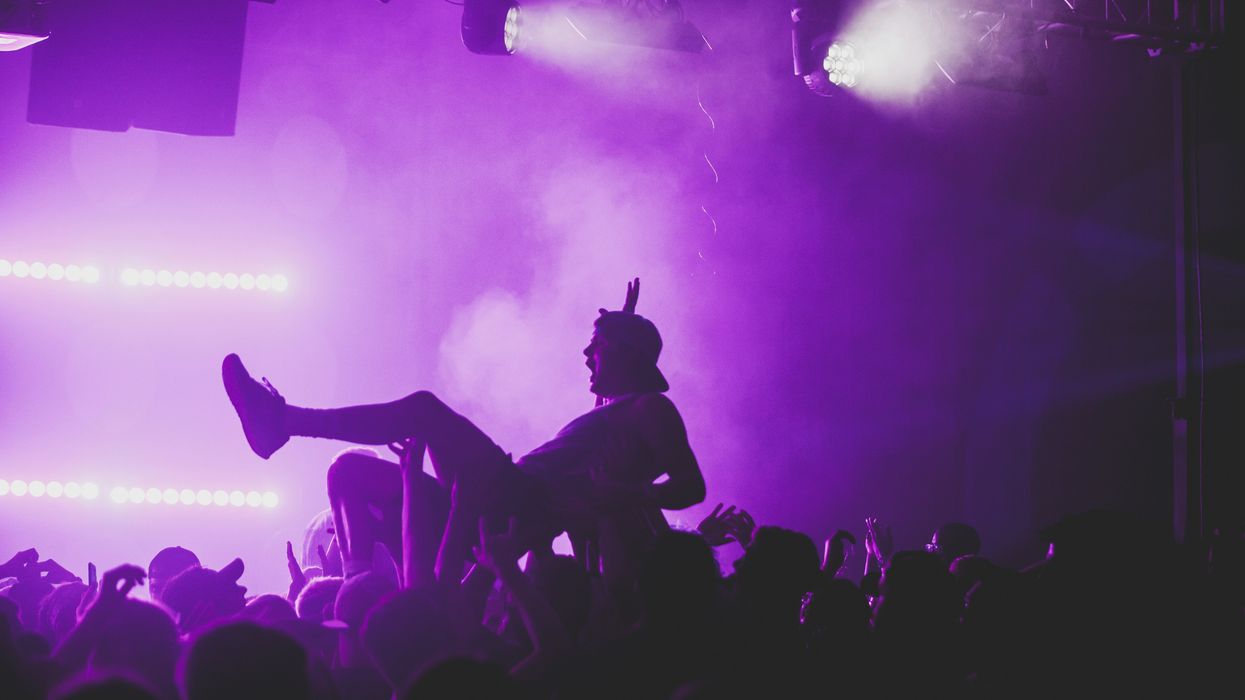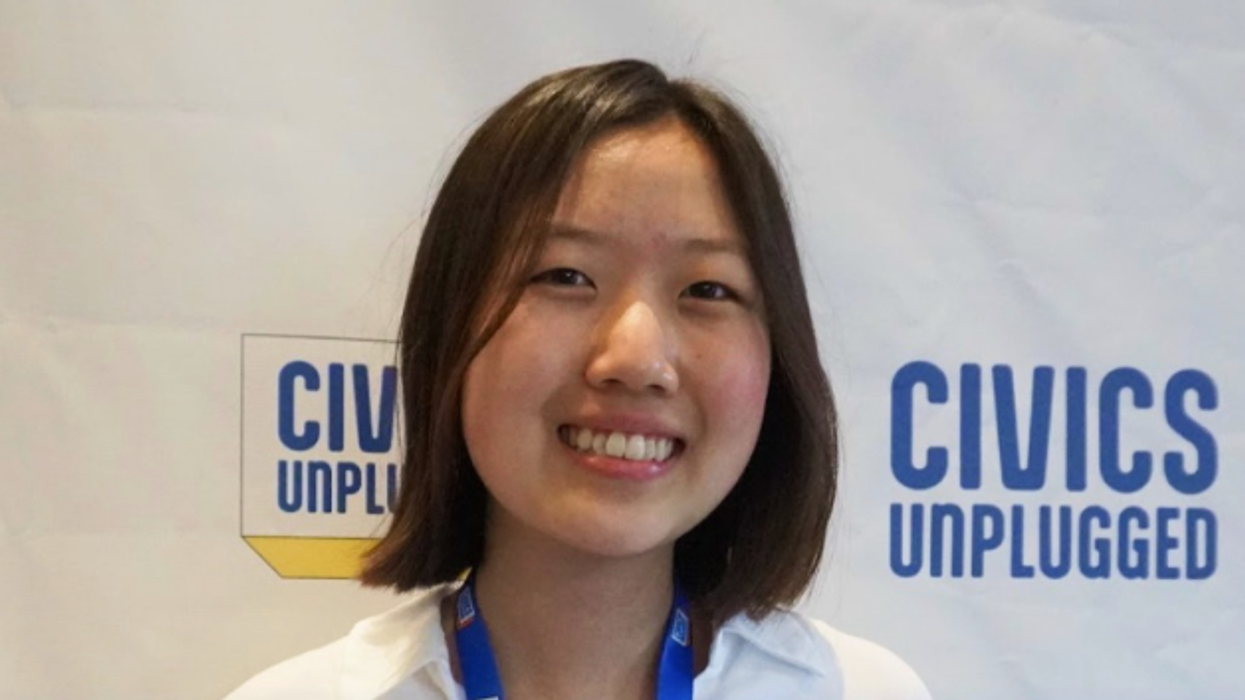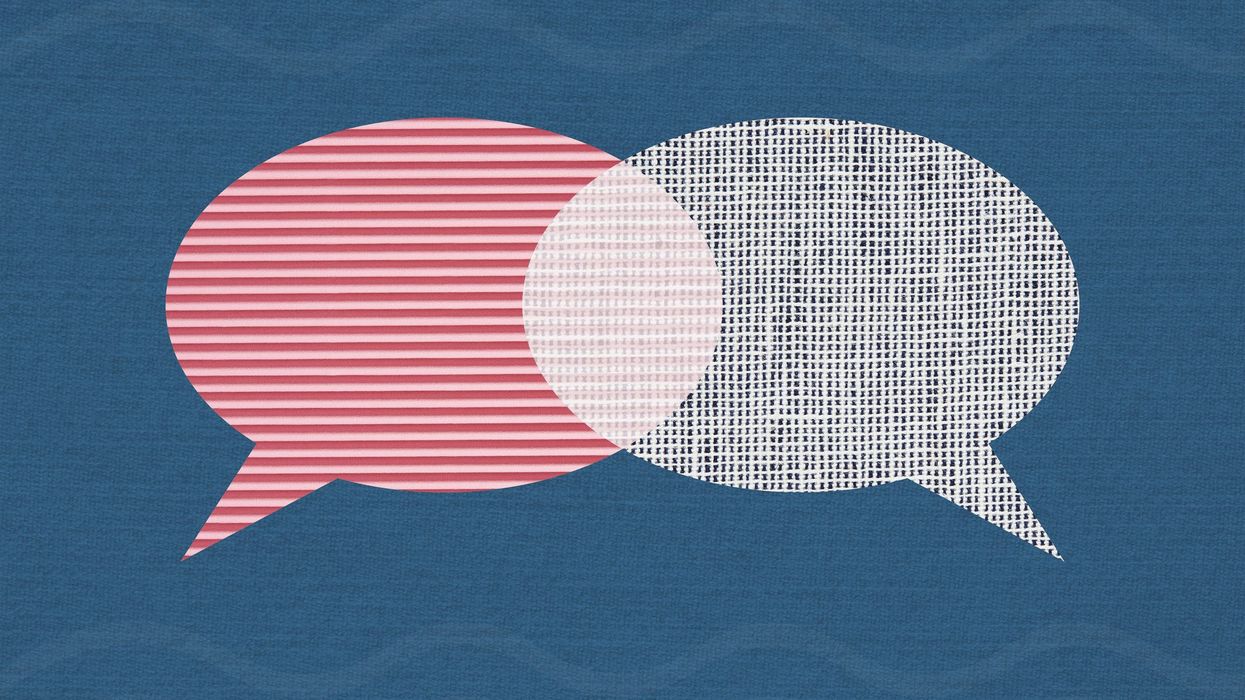Picture this: A person launches themselves into a crowd at a concert, and for a moment, everything hangs in the balance. Will they fall? Will they float? It all depends on countless hands moving in coordination, strangers united in a common purpose. Some push up while others stabilize, creating a dynamic, living system that defies gravity.
At this moment, we are all suspended between falling and flying, carried by a wave of global resistance that nobody controls but all can help shape. Think about what makes crowd surfing work. It's not just about the individual being carried – it's about the collective choreography happening beneath. With too much force in one direction, you fall. Not enough support in another, you crash. The magic happens in the balance.
Interestingly, in crowd surfing, a crowd isn't just supporting passive weight but responding to and directing movement. The hoisted subject must work with the crowd, read its energy, and trust collective wisdom. The same is true for present-day movements. Gone are the days of top-down leadership, with single charismatic figures directing the masses. Instead, we're seeing what scholars call "distributed leadership"—thousands of local organizers reading the moment, making real-time decisions, and trusting the movement's collective intelligence.
Consider what happened during the March Treasury Actions. When federal agents targeted movement leaders in DC, local organizers in 50 cities instantly adopted the strategy. The crowd didn't drop the movement – it redistributed the weight. Within hours, what was supposed to be a massive protest in the capital became 50 simultaneous actions, each locally led but globally connected.
Such a concept is the new physics of protest: distributed yet coordinated, fluid yet focused, responsive yet resolute. Yet, challenges do exist. Just as crowd surfing can go wrong, movements can falter. Sometimes, the energy dissipates, coordination fails, and fear overcomes trust. The question isn't whether these moments will come—they always do. The question is whether we've built systems resilient enough to recover.
Thus, the global or dispersed nature of resistance becomes crucial. When movements falter in one place, they surge in another. When tactics fail in one context, they're refined and redeployed in another. The wave keeps moving, learning, and adapting. Often, the powers-that-be only discern the surface chaos and perceive that these movements lack structure. They don't recognize that this apparent chaos is a higher form of order – the same kind of emergent coordination you see in flocks of birds or schools of fish: no central control but profound collective intelligence.
Understanding this new dynamic is crucial for faith leaders and community organizers. Our role isn't to control the wave—it's to help people trust it, to help communities read its patterns, and to help movements maintain their balance between passion and strategy, disruption and sustainability. Crowd surfing works because people believe it will work. The moment that trust disappears, gravity wins. The same holds true for movement work. Movements are sustained not just by strategy and resources, but through collective faith—confidence in one another, the possibility of change, and coordinated action.
As I write this, my phone alerts me to another spontaneous protest forming downtown. The pattern is familiar now: a call goes out, people show up, the crowd forms, and the movement surges. Some will say it's chaos. But look closer. There's wisdom in this wave, strategy in this surge, and power in this pattern.
We're all crowd surfing now, carried by a wave of global resistance bigger than any of us. The question isn't whether we'll fall or fly. We'll learn to move with the wave, trust the collective, and become part of something larger than ourselves. Because, in the end, that's what this moment demands—not just resistance but resonance, not just protest but participation in a global movement that's rewriting the rules of power itself. The wave is here, and the crowd is ready. The only question is: Are we prepared to trust its carrying capacity?
Rev. Dr. F. Willis Johnson is a spiritual entrepreneur, author, scholar-practioner whose leadership and strategies around social and racial justice issues are nationally recognized and applied.


















